Christopher Townsend joined ILM in 1995. He stayed 11 years there and will work on projects such as CONGO, ARTIFICIAL INTELLIGENCE: AI, HULK and also the new STAR WARS trilogy. Since 2008, he is VFX supervisor and take care of movies such as JOURNEY TO THE CENTER OF THE EARTH, NINJA ASSASSIN or CAPTAIN AMERICA: THE FIRST AVENGER.
What is your background?
I studied Graphic Design in England, before working in broadcasting and advertising in Australia and Singapore. I moved to California and to ILM, working there for 11 years, before becoming a freelance VFX Supervisor about seven years ago.
How did you get involved on this show?
I was working with Marvel, as the VFX Supervisor on CAPTAIN AMERICA, and was invited to meet with Shane Black.
How was the collaboration with director Shane Black?
Shane expressed his desire to make sure that the VFX always helped tell the story and were always grounded in reality. He was open to my suggestions on how to achieve that, and he always had ideas on key story points.
How did you help him with visual effects?
He was less concerned with the details, which is where he left things up to the VFX team. It can be overwhelming with such a large amount of work to do, but he quickly learned what was possible in the VFX world.
Can you tell us more about your work with The Third Floor team?
The Third Floor was our previs and post is team for the film, helping us design various key sequences. Sometimes we based the previs on previously created storyboard animatics; others they created previs after having had discussions with Shane, the Editor and myself. We worked in a black and white illustrative style, for a couple of reasons: one, so that the previs shots cut directly with the animatics, and two, so that it remained as an informational guide, rather than a style guide; I find that too often, previs becomes the look that everyone gets used to, and uses that as a style guide later, which can be damaging.
What was your approach for the Iron Man armor?
Previous IRON MAN movies set a very grounded, photographic reality for the suits, and we wanted to maintain that. However, in this fourth film where we see the suit, the Mark 42, is far more advanced; the suit can fly autonomously, as individual pieces, wrapping around Tony. This stretches believability even more, so we always had to ensure that the materials and animation looked totally real; there needed to be enough mechanical logic at play, so that the audience just accepted what they were seeing. Amongst other things, Trixter in Germany did the visual effects for the initial suit connecting sequence for the film, and throughout the film we referred back to what they created as the specific look of how the suit moves.
In previous films, we’ve generally seen Iron Man do heroic super hero actions; in this film we have far more pieces where we see him sitting on a couch, giving a massage, walking down stairs, and generally just hanging out; the subtlety required was far greater than we’ve seen before, and making him look real in these less dramatic moments was a real animation challenge; you can’t hide anything in camera shake, dust, debris and lots of fast cuts! However, we also had the dramatic moments, so the suit had to work in these instances too.
The other big thing in this film, is that the suit attaches to various people, including Pepper Potts. We changed the proportions of the suit in subtle ways, finding a balance between the more heroic established look, and something which didn’t seem too cumbersome or silly on Pepper’s much finer, smaller body; there was a story point that the suit should be big on her, but not so big that it looked like a baggy suit and looked silly. Scanline in California, was tasked with that job, whilst incorporating the suit into the dramatic House Attack sequence, where we see Tony’s mansion being blasted off the cliff.
Our other major challenge, was that we had so many suits, many of which are seen in the Final Battle. In all, we created 41 different suits, and each had to be finely detailed, textured, rigged and animated, some playing hero roles, others less so. Weta Digital in New Zealand worked from original designs both from Marvel’s own Visual Development group, and some models initially built by Digital Domain in California, and created about a dozen hero suits; they then created the others, mixing and matching parts from the various suits and creating complete new textures and color schemes.
Can you explain to us one of your typical day on-set and then during the post?
As the VFX Supervisor, I’m fortunate to be involved with all aspects of the film making process, from the initial preproduction period, helping to plan the shoot and how we’re going to do the visual effects through to final post production. During the shoot, I’m on set every day, working with the entire crew, including the director and cinematographer, figuring out the individual shots, and the best way to shoot them. Often we have a plan, and work to that, but at times we work far more free form, reacting to a location, or something that one of the actors wants to do. VFX, are so heavily involved in post production, that we have to ensure that we get what we need to make sure we can create a great looking image later.
My job is to assess the situation and help solve the problem, offering up suggestions on how to get a shot if it’s going to involve VFX in any way. We usually shoot for about 12 to 14 hours a day, 5 or 6 days a week; as we had such a compressed post schedule, during and after the shoot, when I could, I’d often review VFX shots that were in progress, and give notes. In post production, our job really starts: we have to work with the editorial department, and once there is a cut of a sequence, I give a creative brief to the VFX company of what we want for the individual shots.
Once we’re in full post mode, my job is to review the shots and give notes; with so many VFX companies (there were 16 on this film, as well as a small in house team) it’s a very long and intense process; most days I’d either be reviewing on a color calibrated monitor or in a small theater, for 16 hours a day, giving notes, solving problems and giving creative briefs on new work. I worked with a small but highly dedicated production team, who took the notes and made sure everyone was on the same page and coordinating the work. It was an exhausting, but very fulfilling job, but the final few months were seven days a week, in order to get the work done in time.
What was your material to collect all the necessary on-set informations for the various vendors?
We always shot HDRIs and grey/chrome sphere reference, along with clean background plates where appropriate. Whenever we would have a suit, we shot a suit reference; Legacy Effects built two practical suits, one of the Mark 42, and the other of the Iron Patriot, the red, white and blue rebranded War Machine. They also created half suits, which our actors could wear; it was incredibly useful to have them perform in the suits, not only as great lighting reference for both the Cinematographer and VFX, but also to help restrict the actor’s movements and provide correct volumes for interaction. There are a few dozen shots where we used the practical suits, or part of them, in the final film, but as we needed the suits to move in a particular way, we generally replaced them with full CG; most of the time you see a suit on screen, it’s completely digital. Whenever we shot a suit shot, or an Extremis moment, we dotted up our actors and also shot with two or three Canon C300 witness cameras, so that we could better track their movement. We LIDARed almost all of the sets, and texture photographed them, as there was a lot of the film shot on a greenscreen so many of the backgrounds are completely digital.
How did you split the work amongst the vendors?
Going in we knew that there would be a tremendous amount of work, and a very short schedule, spreading the work across a group of different companies was going to be the only way to do it. Before we even started shooting, because of the requirements of several different sequences, we had three different companies (Digital Domain, Scanline and Trixter) create slightly different versions of the hero Mark 42 suit. We were very open with our communication, sharing looks and experiences all the time, and comparing notes. We generally had one company work on one sequence, as sharing shots is always more challenging; however, ultimately with so many companies on the show, the only way it could work was maintaing open communication at all times; in order for a show like this to work, all companies had to accept that everyone had to share assets and looks, and all were great to work with.
How did you collaborates with the VFX Supervisors of these vendors?
I try and spend a decent amount of time up front, getting to know the supervisors and their crews, and getting them to know me, so that they can get in my head. This way we can usually get to a creative solution that I’ll like, as efficiently as possible, and one that I’ll be able to present to the Director and the Marvel folks. After giving a brief to the VFX Supervisors and their crews of what we wanted, we generally worked with them using Cinesync, interactively giving them notes, or reviewing work independently and sending notes via email.
Many vendors worked on the Iron Man armor. How did you ensure the look continuity of it?
It was tricky maintaining a consistent look between the various vendors’ work. We ultimately had about ten companies working on the suits, sharing assets and looks. My job was to ensure that there was consistency between the various teams throughout the world, constantly comparing everyone’s different suits; we shared secrets, looks, technical knowledge, things that worked, things that didn’t. Open communication between everybody was key.
Can you tell us more about the assets sharing management?
As there were so many companies, there were also many different platforms on which they worked. sharing textures, reference and model .obj files was critical, but so was sharing the various approaches to the problems. All communication came through our production office, so that we were the hub that dispersed the information; that way we were in control of everything, so that we could keep one singular vision.
What was the biggest challenge on this project and how did you achieve it?
Time and resources. Not enough of both. We had over 2000 shots to create, many fully virtual environments with complex CG animation, and had very little time in post production. Sharing the work across many companies was key, and ensuring consistency throughout was the challenge. Many sequences have incredibly heavy VFX involvement, and each of those was especially challenging: the House Attack, when exterior and underwater, is completely digital, so getting that looking real was a huge challenge; the aerial sequence, though using real skydiving photography as a base, had all of the backgrounds replaced with digital matte paintings and CG clouds and debris, and an Iron Man, so minting a level of visceral reality was really tough; the end battle was mainly shot on small set pieces on a greenscreen stage, so creating virtual environments and never questioning them visually was huge, and creating a full digital version of Killian, on a fully CG environments was something of which i’m very proud.
Was there a shot or a sequence that prevented you from sleep?
Many, but in the end you trust the team. And so many artists throughout the world who worked tirelessly to make sure things looked great. The end sequence in particular was huge, with over 500 very complex VFX shots, many being completely CG, and we had very little time; Weta did an incredible job, with a huge number of artists working incredibly hard, to pull it off.
How many VFX shots are in the final cut?
Over 2000.
What do you keep from this experience?
That communication is key.
How long have you worked on this film?
Nearly two years.
What was the size of your team?
We had about a dozen folks on the production side, but about 1400 artists throughout the world, in 17 companies, in 6 different countries.
What is your next project?
THE AVENGERS 2.
What are the four movies that gave you the passion for cinema?
TO CATCH A THIEF, THE GODFATHER, BACK TO THE FUTURE and JURASSIC PARK.
A big thanks for your time.
© Vincent Frei – The Art of VFX – 2013


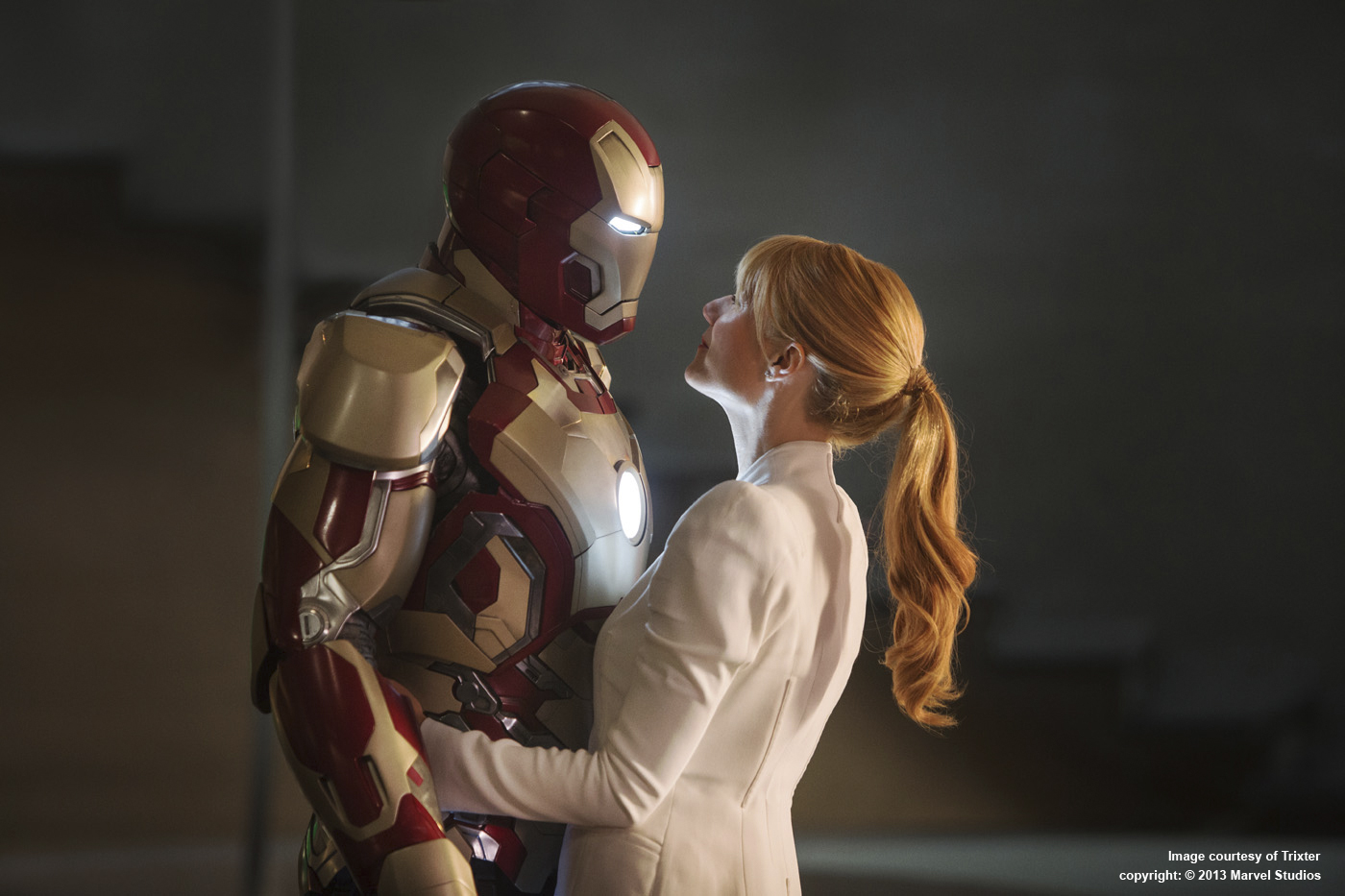
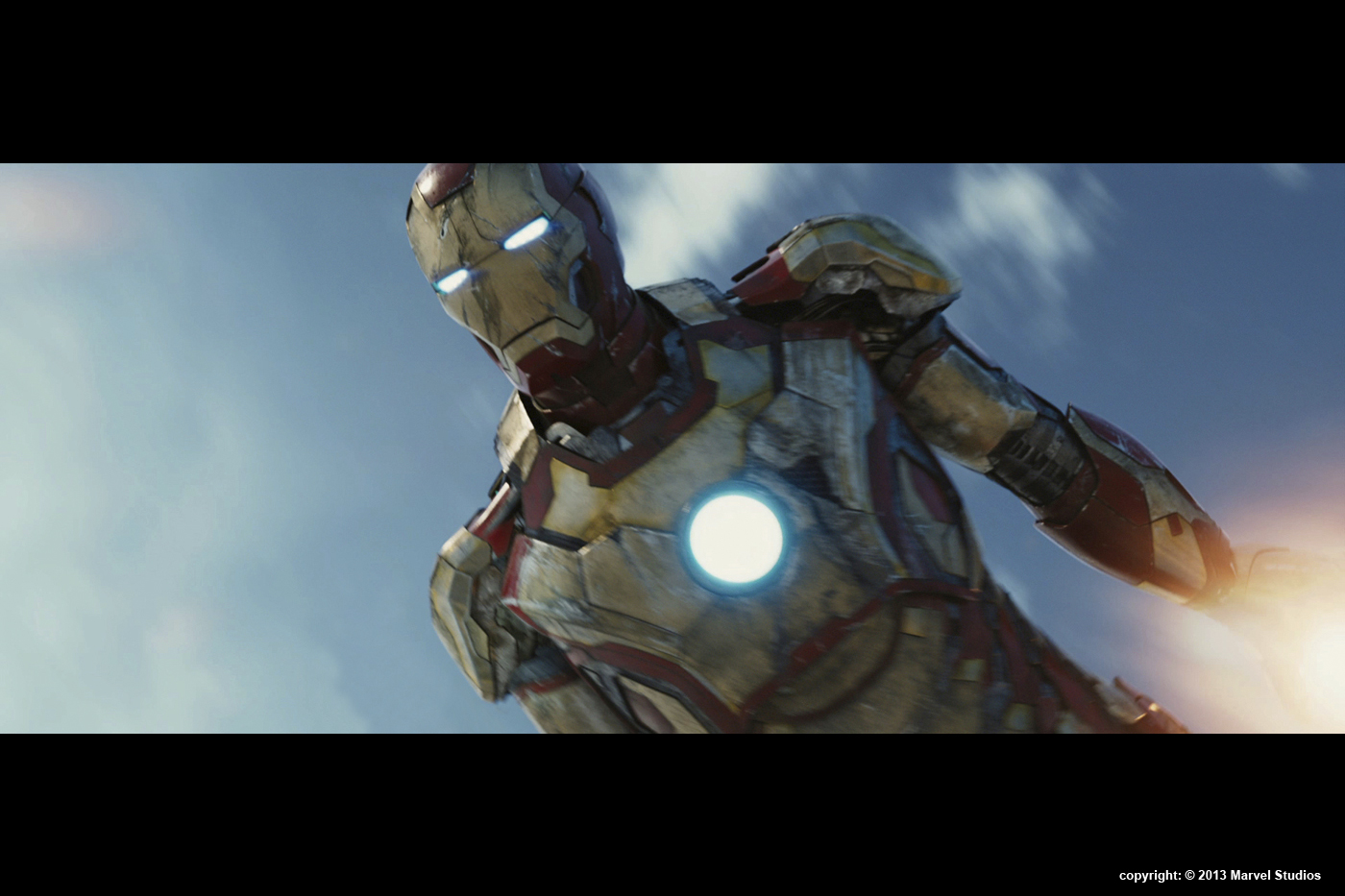
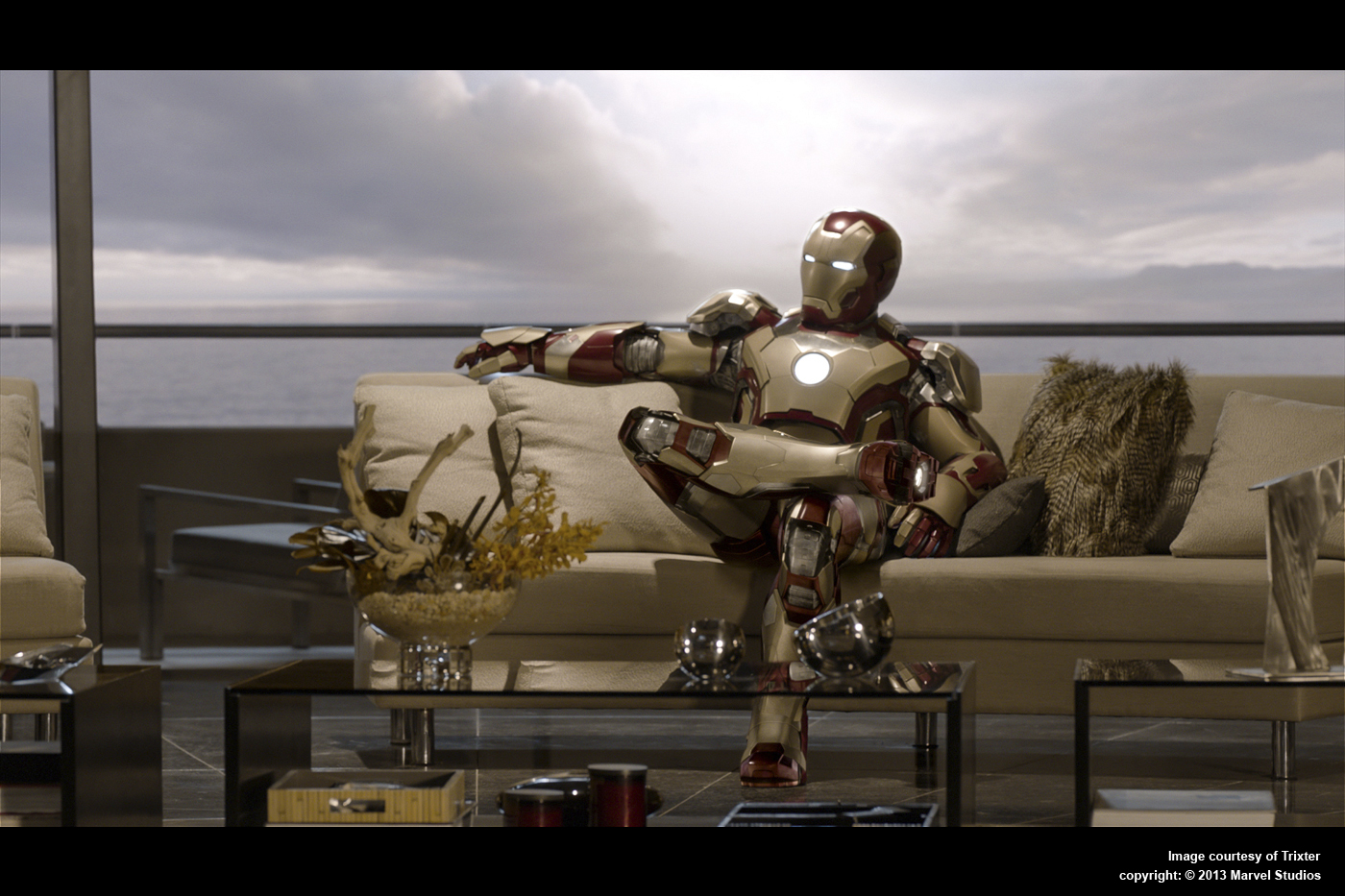
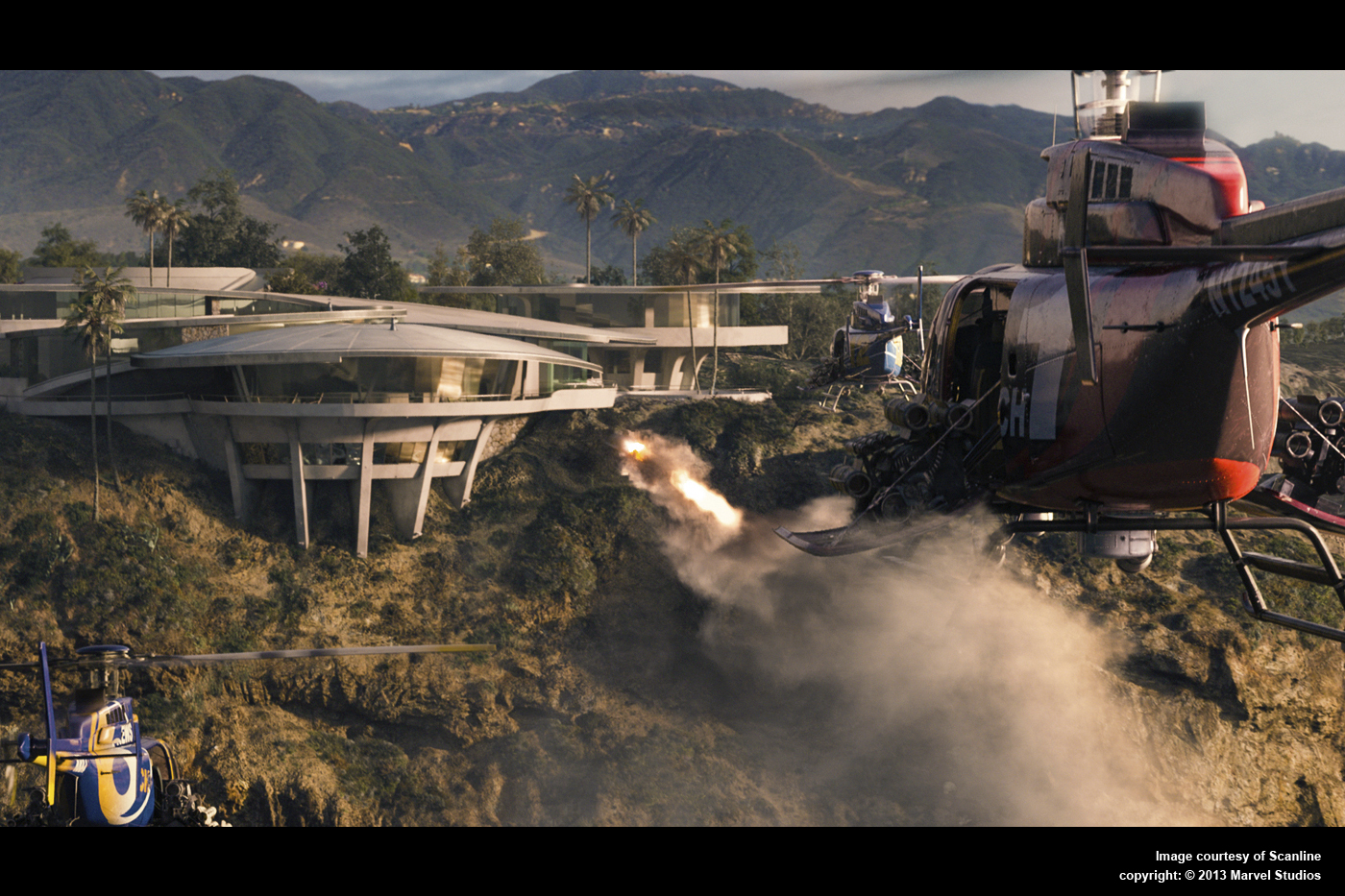
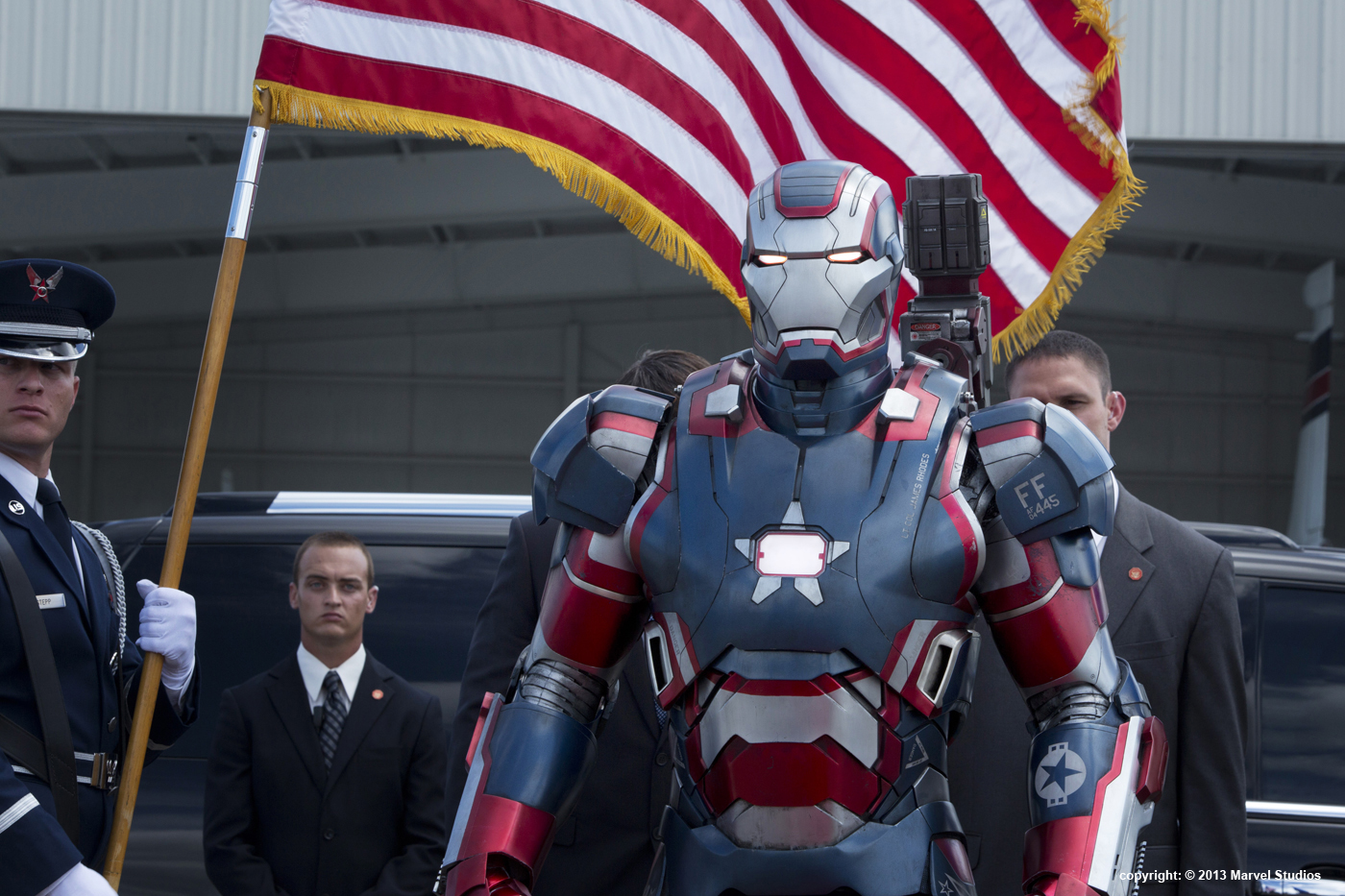

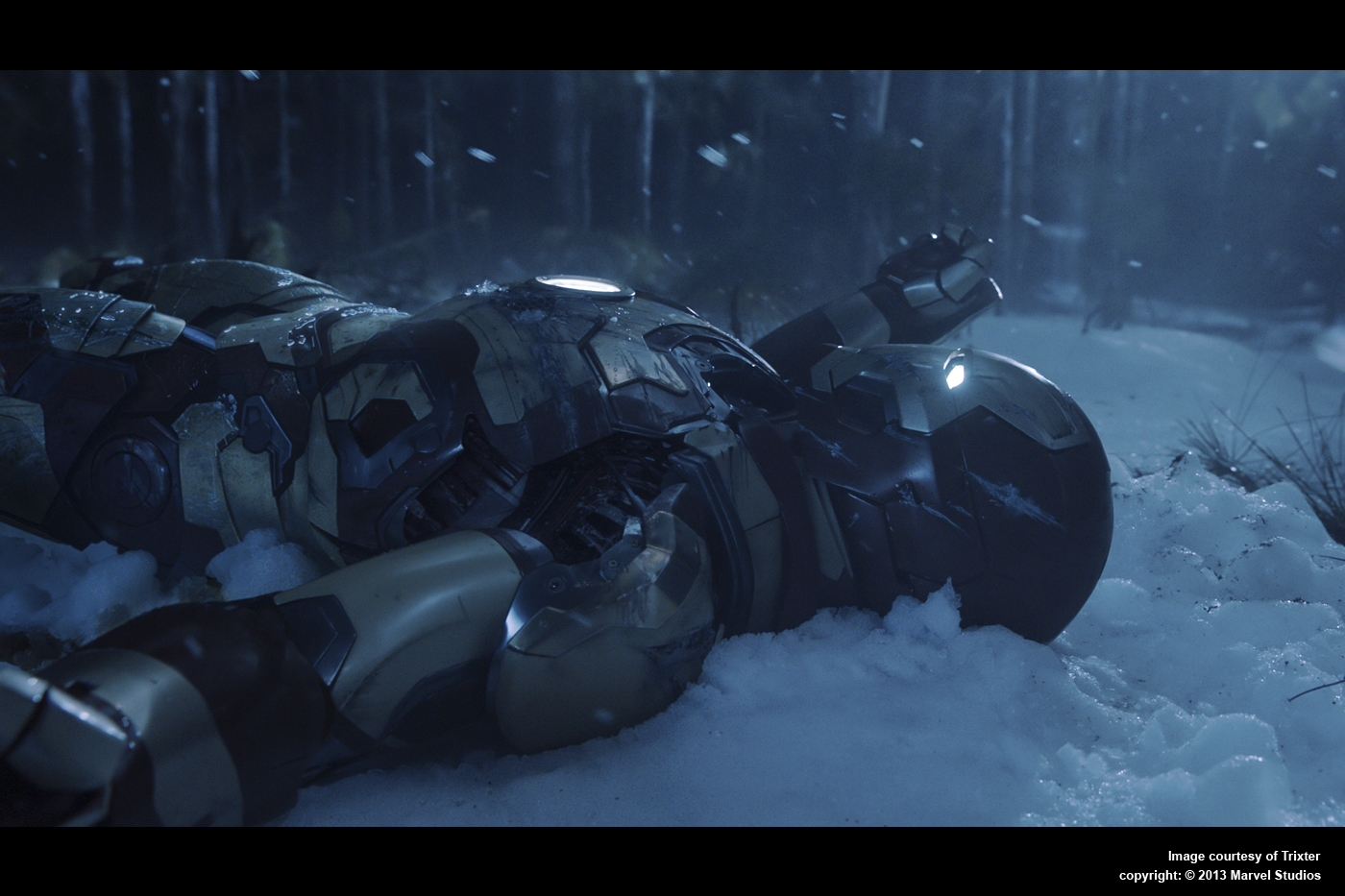
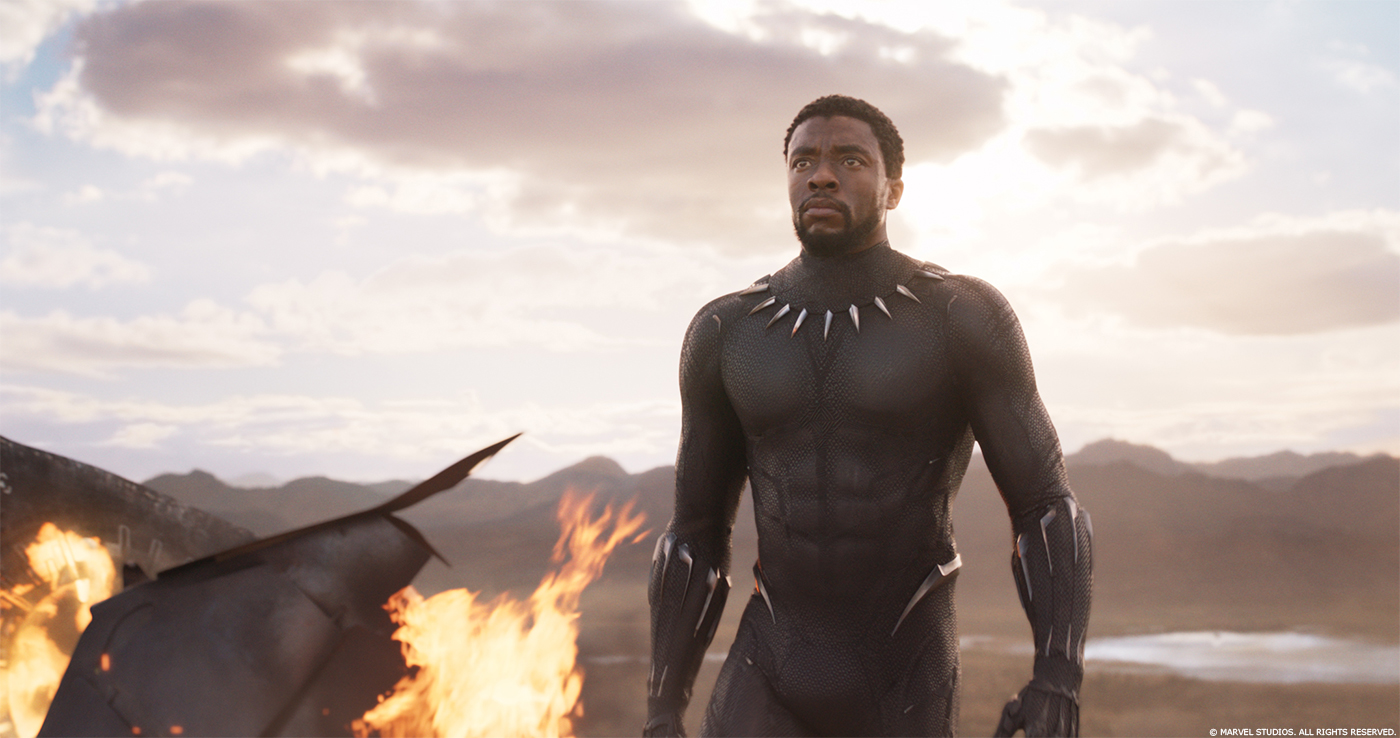
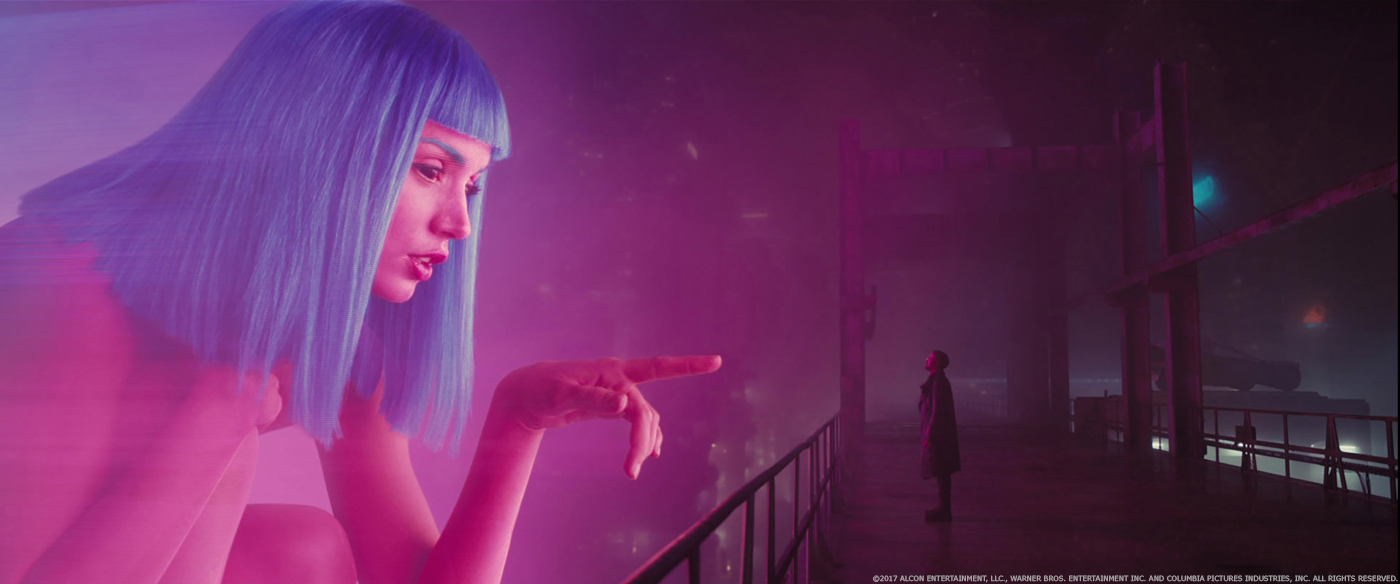
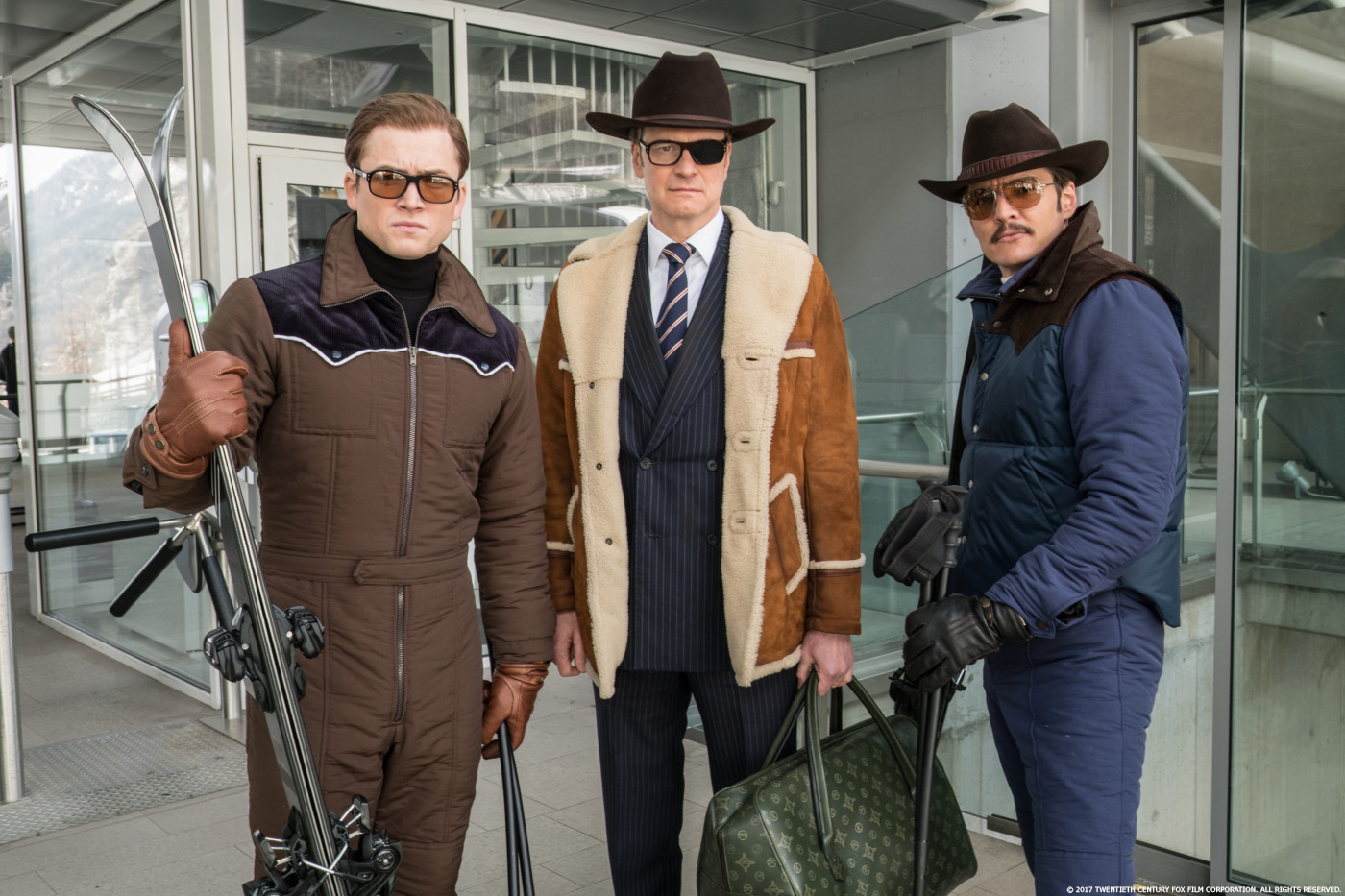
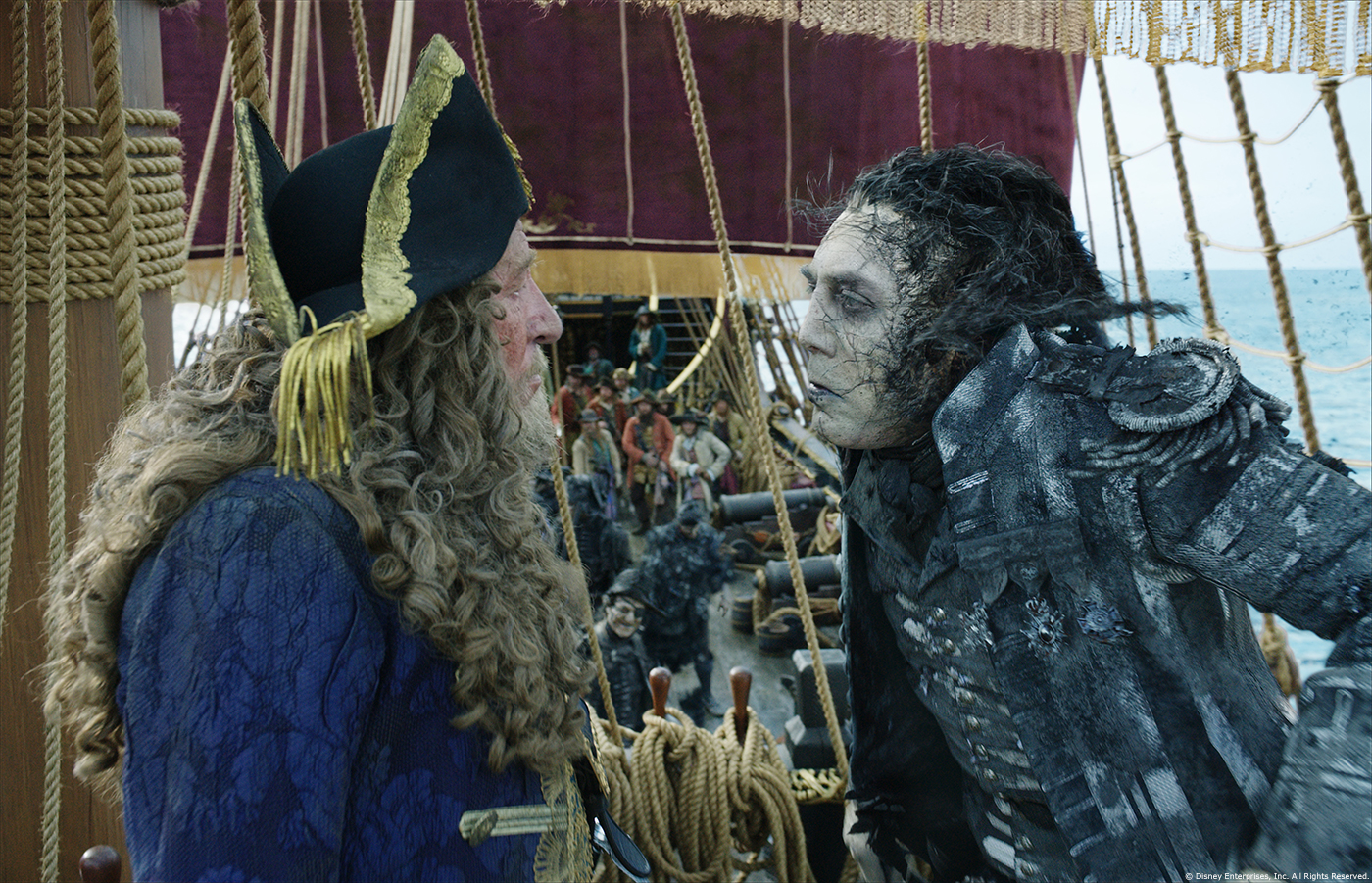
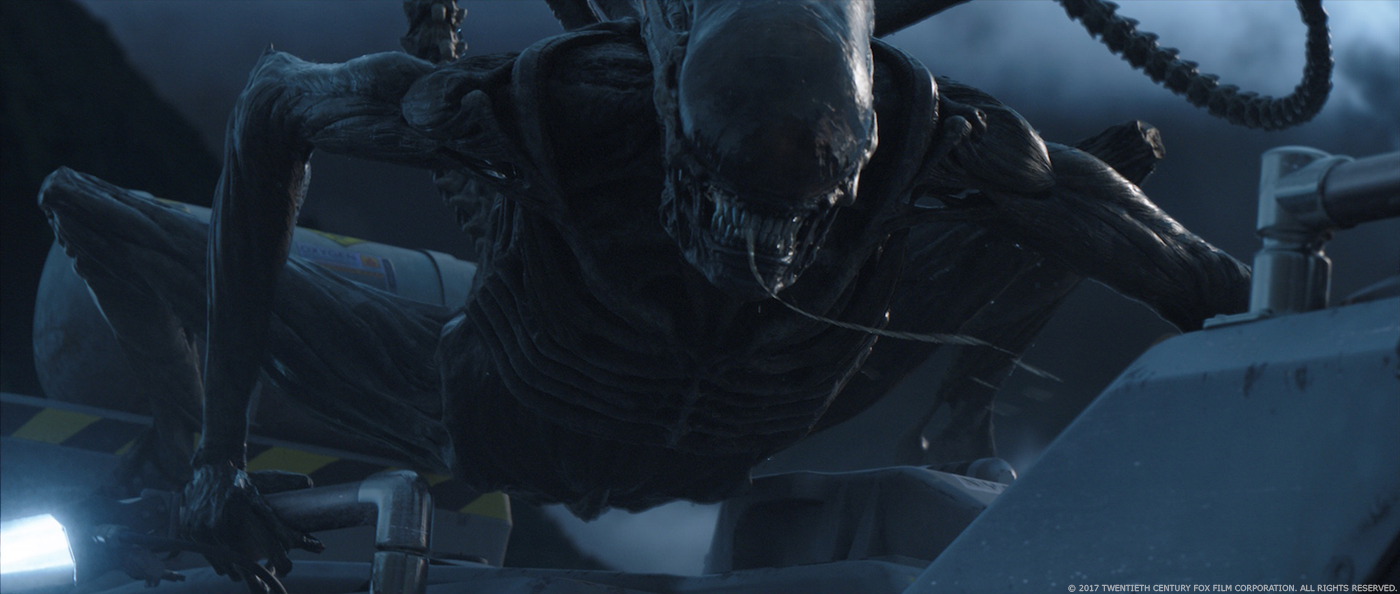
But… Why they have shosen so many compagnies, instead of ILM and WETA ???
The movie is Amazing.. really enjoyed it to the max 😀
Thanks for the interview, really exciting information!